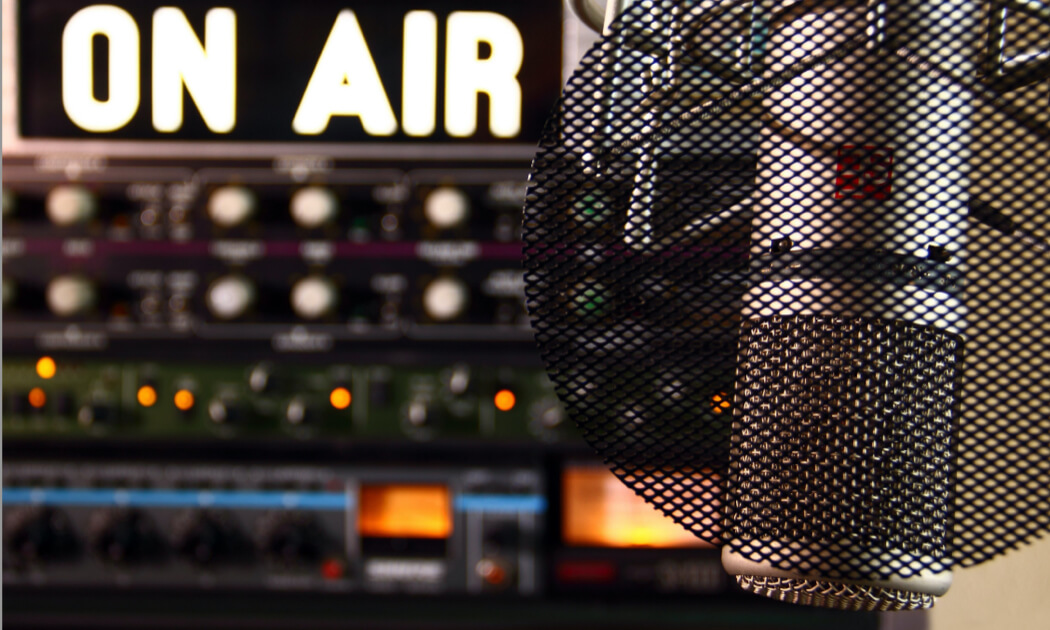I have heard differing opinions on using a CD writer as a backup device. What is your take?
- Jake
This question was answered on September 23, 2002. Much of the information contained herein may have changed since posting.
The process of backing up critical data is the single most important and, without question, the single most neglected task when it comes to computers.
Everyone from the first time computer user to large corporations has had to deal with loss of data at some point in time Your backup method and what it produces may be the only connection to that lost data, so it is important that you fully understand the common points of failure in a ‘disaster recovery plan’.
Having been in the data recovery business for many years, we have heard every horror story imaginable and most could have been avoided by a good backup plan.
When it comes to using CD-R/RW as a backup device, there are several pitfalls that you need to understand before committing to it as your savior
First, the media is limited to roughly 700 Mb of storage (including the overhead that it takes to write the data, which can be as much as 15Mb per session) This means that if you have more than 700 Mb of data to backup, it will take more than one disk, which requires you to manually backup
In addition, the actual media that you use (CD-R vs CD-RW) and how you create the ‘sessions’ will ultimately determine if the data can ever be read If anything happens before you close a session, the data often times is unreadable You may also have trouble reading a ‘burned’ CD on an older CD-ROM drive, because of differences in older and newer drives.
We see, on a regular basis, clients coming to us for data recovery services on a CD that they thought was a good backup It most cases, it turns out that the only time they checked the disk was before they ‘closed’ or finalized the session, (which is what converts it to a standard read-only format) so they just assumed the data was readable.
I prefer to use the CD-R/RW format for ‘archiving’ (a single backup of inactive data, such as picture libraries, old tax returns, etc.) instead of a regular backup device.
As with any backup system, if you don’t verify the data after it has been written, you won’t really know if the backup is any good until it is too late.
Since most streaming tape based backup systems allow for large amounts of data (Gbs), unattended backups and verification of the backed up data in a single process, it is the choice of most professional IT people.
If you only have a small amount of data to backup, a better solution may be a Zip drive Because the Zip format is simply a floppy disk on steroids, it is much easier to use since data does not need to be ‘streamed’ or ‘staged’ before writing it.
Most internal backup programs, such as those built into accounting applications, will directly support the Zip drive within the program, which reduces the number of steps it takes to get a good backup.
The new Zip 750 Mb format can actually hold more data than a standard CD and is much easier to manage (learn more at www.iomega.com).
No matter which direction you decide to go, remember to backup on a regular basis, use multiple backup disks, cartridges, etc and always verify the data against the hard disk
About the author
 Ken Colburn of Data Doctors on September 23, 2002
Ken Colburn of Data Doctors on September 23, 2002
Need Help with this Issue?
We help people with technology! It's what we do.
Contact or Schedule an Appointment with a location for help!

